Growing Focus on Risk Management Solutions
Risk management is becoming increasingly vital within the Automated Algo Trading Market, as traders seek to mitigate potential losses associated with algorithmic trading. The integration of advanced risk management tools into trading algorithms allows for real-time monitoring and adjustment of trading strategies based on market conditions. This focus on risk management is underscored by the fact that algorithmic trading can amplify both gains and losses, making effective risk controls essential. As firms prioritize the development of robust risk management frameworks, the Automated Algo Trading Market is expected to expand, attracting more participants who are keen on safeguarding their investments.
Increased Demand for High-Frequency Trading
High-frequency trading (HFT) has become a prominent feature of the Automated Algo Trading Market, driven by the need for speed and efficiency in executing trades. HFT firms utilize complex algorithms to capitalize on minute price discrepancies, executing thousands of trades in fractions of a second. This demand for HFT is reflected in the increasing volume of trades executed through algorithmic systems, which accounted for over 60% of total equity trading volume in recent years. As market participants seek to enhance their trading strategies and reduce latency, the Automated Algo Trading Market is likely to see continued investment in HFT technologies, further propelling its growth.
Expansion of Cryptocurrency Trading Platforms
The rise of cryptocurrency trading has introduced new dynamics to the Automated Algo Trading Market. As digital assets gain popularity, trading platforms are increasingly incorporating algorithmic trading features to cater to the growing demand. The volatility of cryptocurrencies presents unique opportunities for algorithmic traders, who can leverage algorithms to capitalize on rapid price movements. Recent statistics indicate that the cryptocurrency market has seen a significant increase in trading volume, with algorithmic trading strategies becoming a preferred method for many traders. This expansion into cryptocurrency trading is likely to drive further innovation and growth within the Automated Algo Trading Market.
Technological Advancements in Trading Algorithms
The Automated Algo Trading Market is experiencing a surge in technological advancements, particularly in algorithmic trading strategies. Innovations in machine learning and artificial intelligence are enabling traders to develop more sophisticated algorithms that can analyze vast datasets in real-time. This capability allows for improved decision-making and execution speed, which are critical in today's fast-paced trading environment. According to recent data, the market for algorithmic trading is projected to grow at a compound annual growth rate of approximately 10% over the next five years. As technology continues to evolve, firms that leverage these advancements are likely to gain a competitive edge, thereby driving growth in the Automated Algo Trading Market.
Regulatory Developments and Compliance Requirements
Regulatory developments are shaping the landscape of the Automated Algo Trading Market, as authorities implement new compliance requirements to enhance market integrity. These regulations often necessitate the adoption of more transparent trading practices and robust reporting mechanisms. As firms adapt to these evolving regulations, there is a growing demand for algorithmic trading solutions that can ensure compliance while maintaining efficiency. The impact of regulatory changes is evident, as firms invest in technology that not only meets compliance standards but also enhances their trading capabilities. This trend is likely to continue influencing the Automated Algo Trading Market, as participants seek to navigate the complexities of regulatory environments.


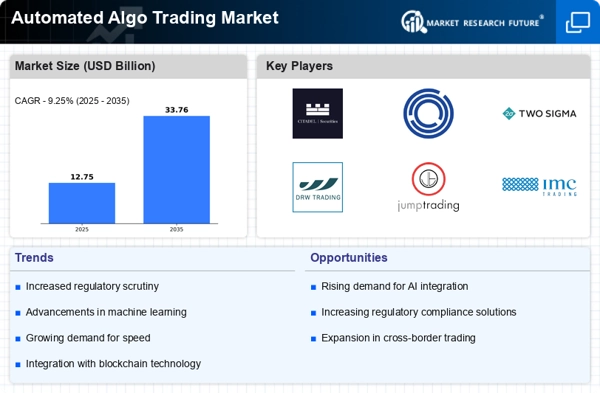


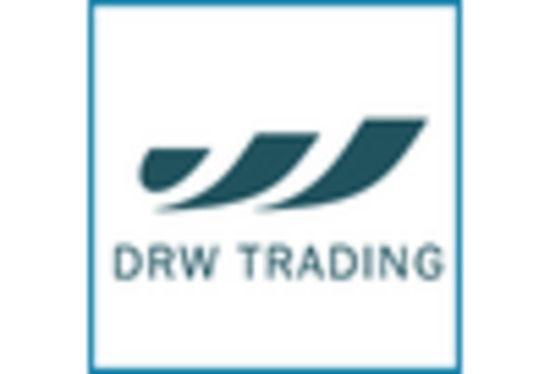
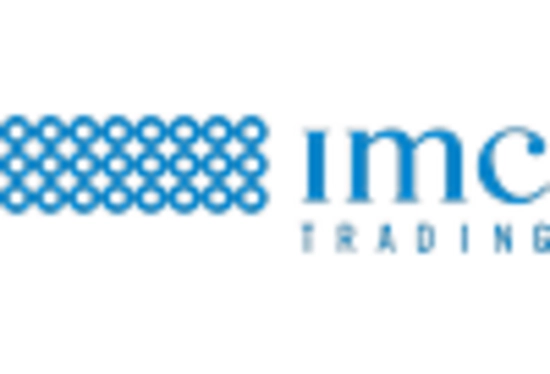
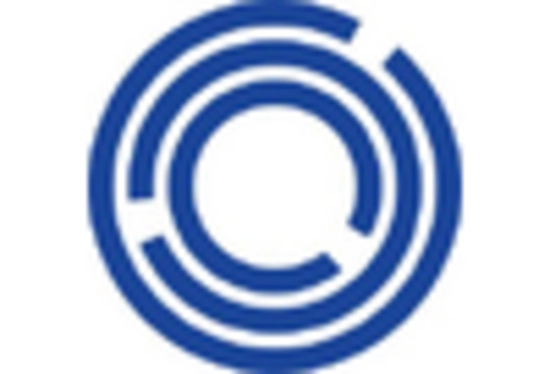

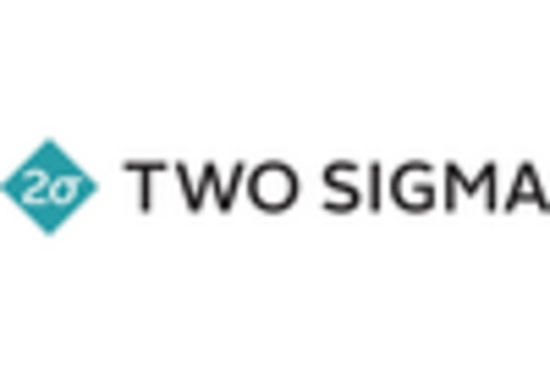








Leave a Comment